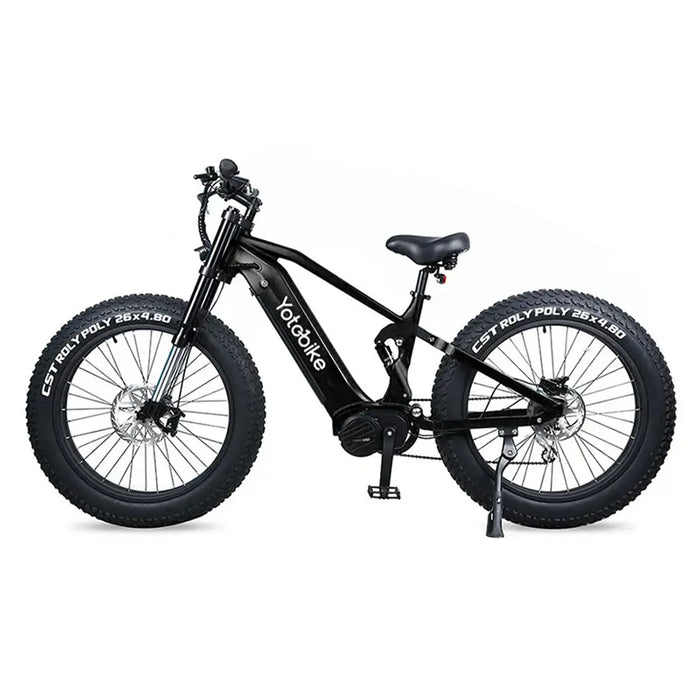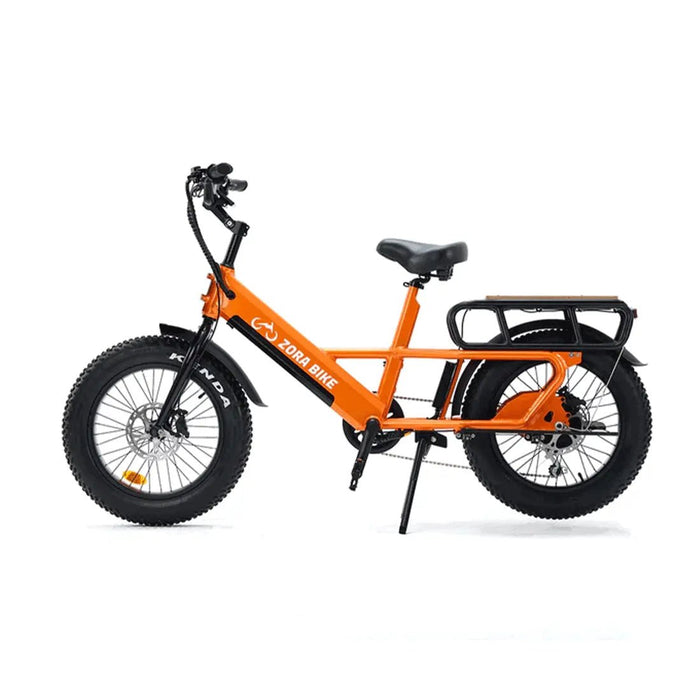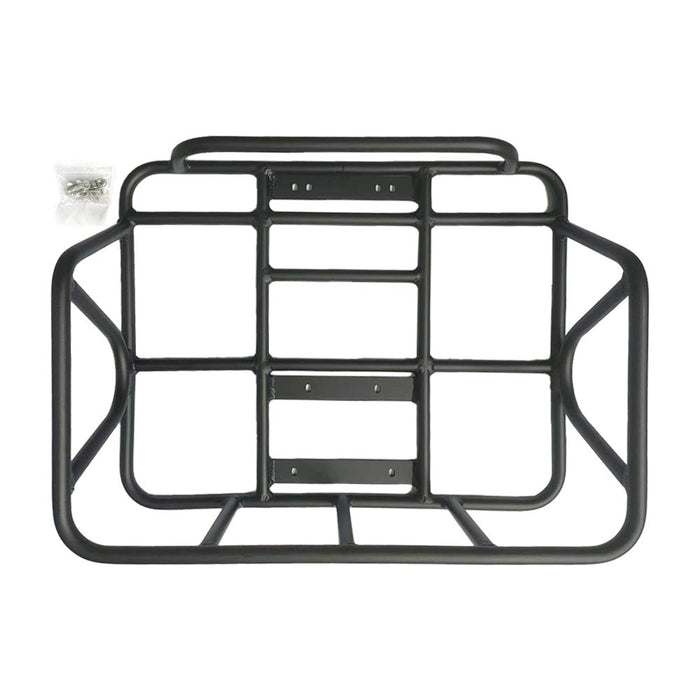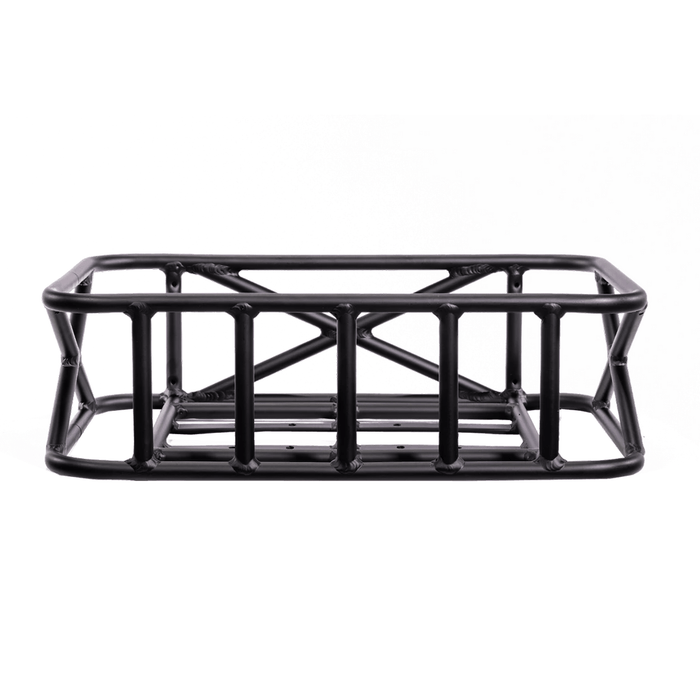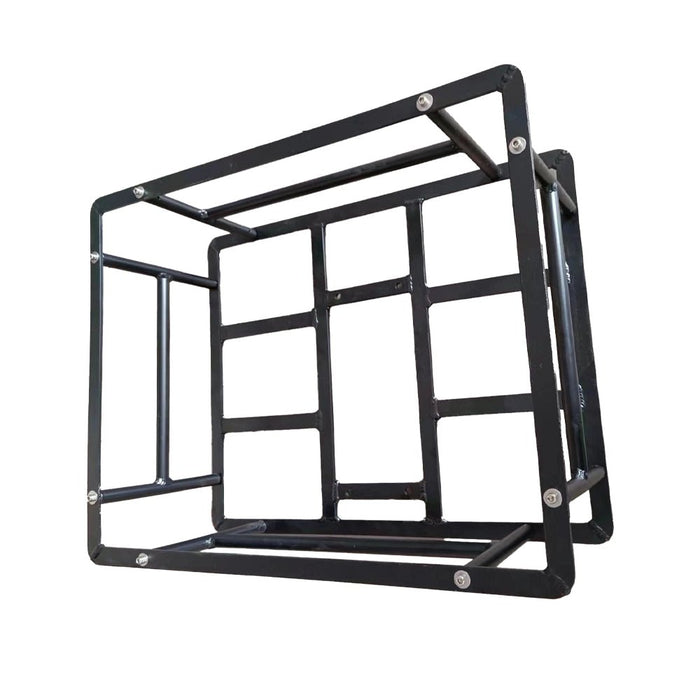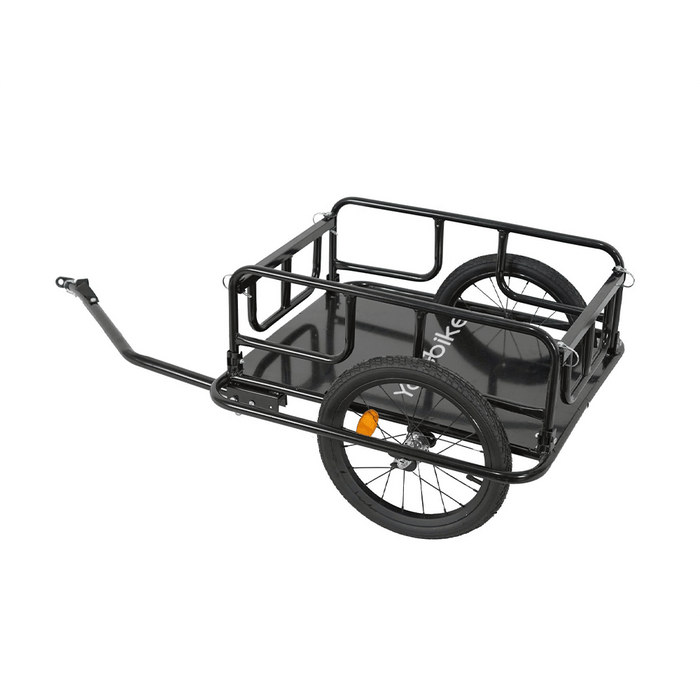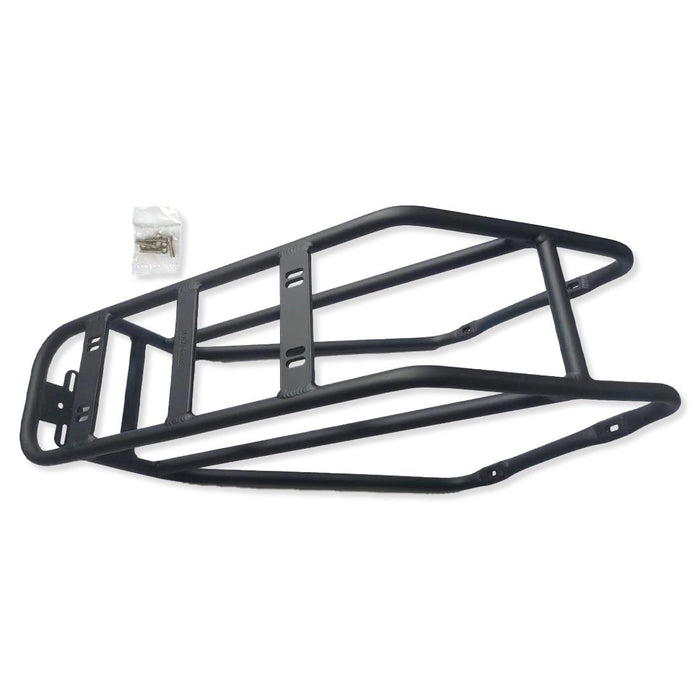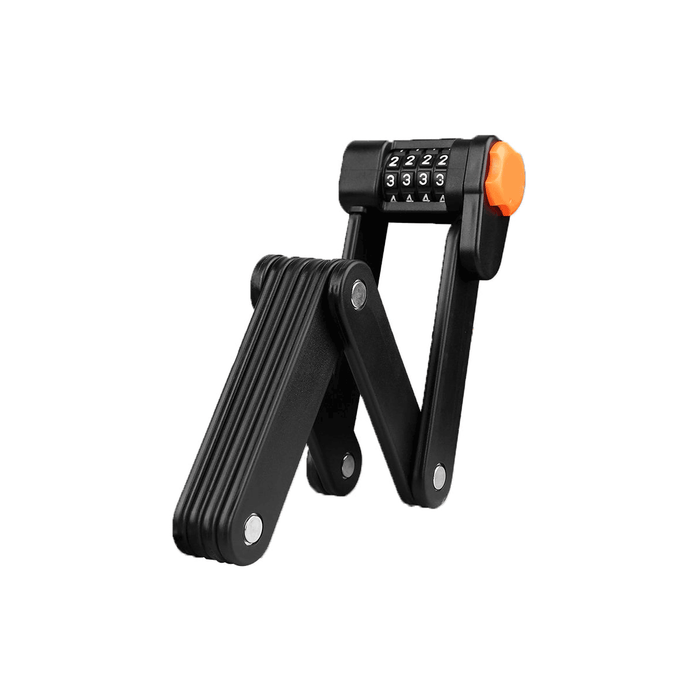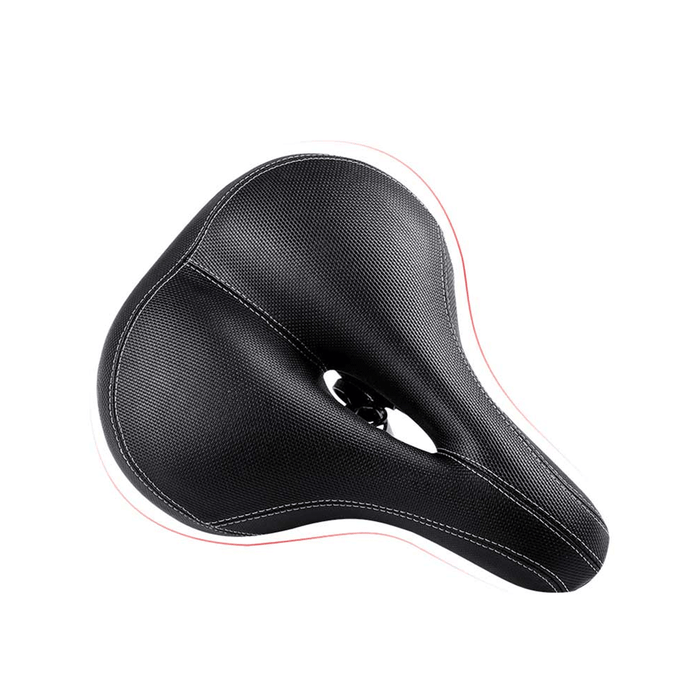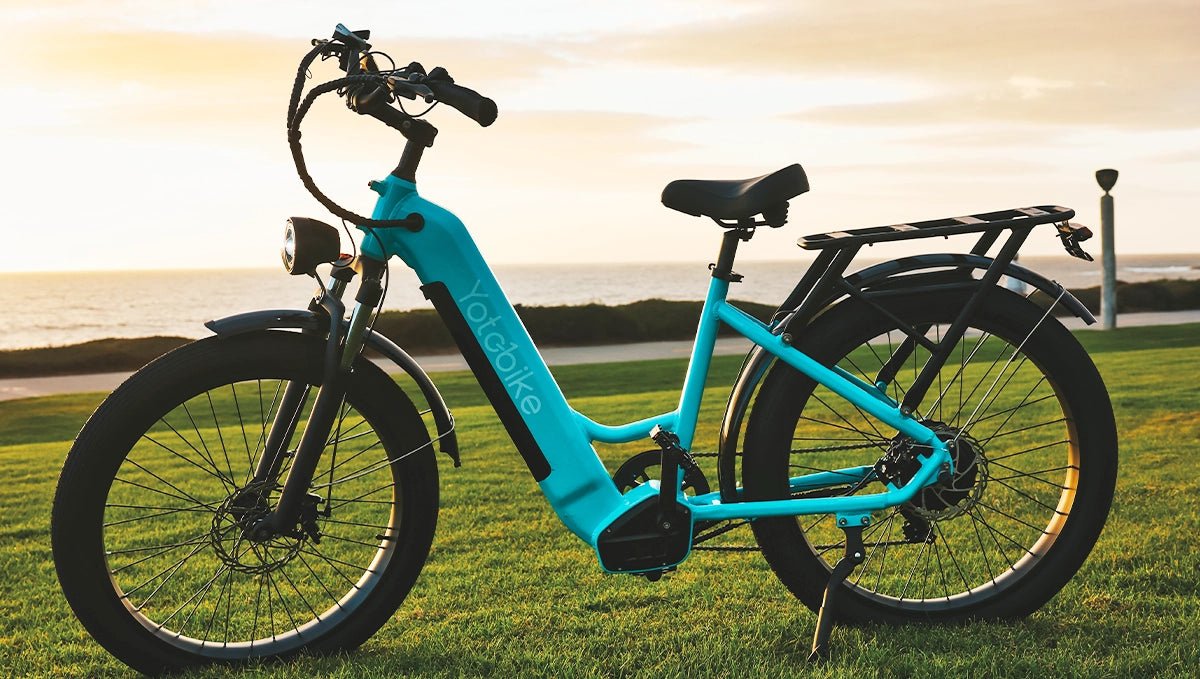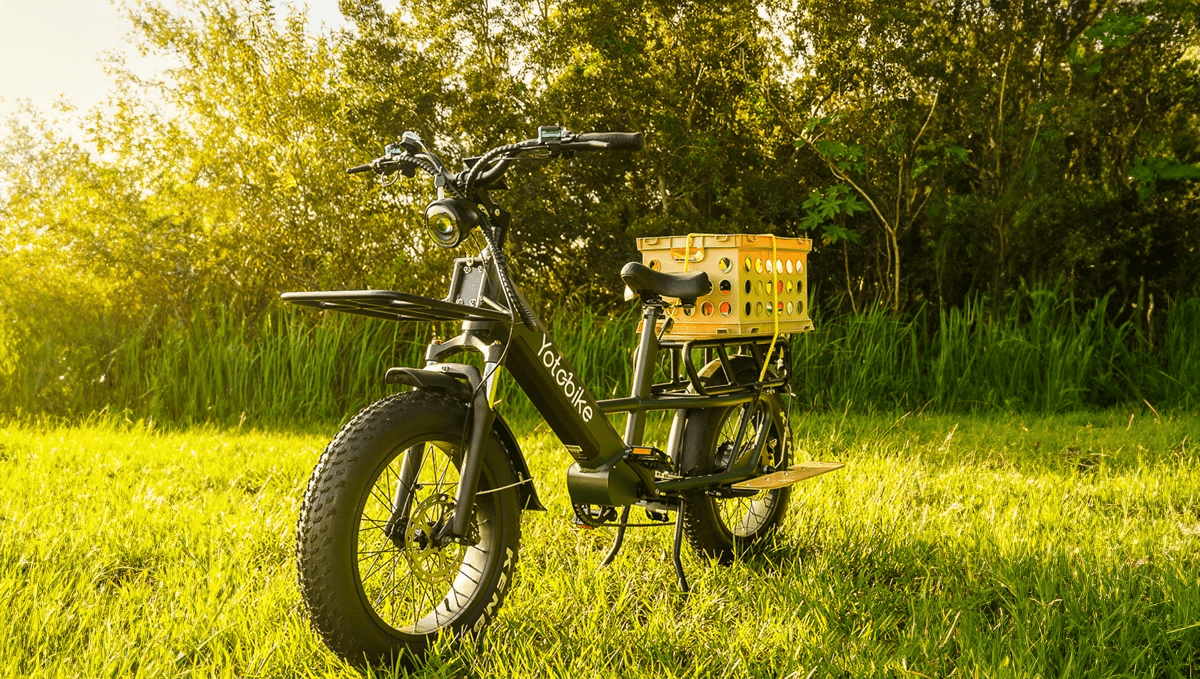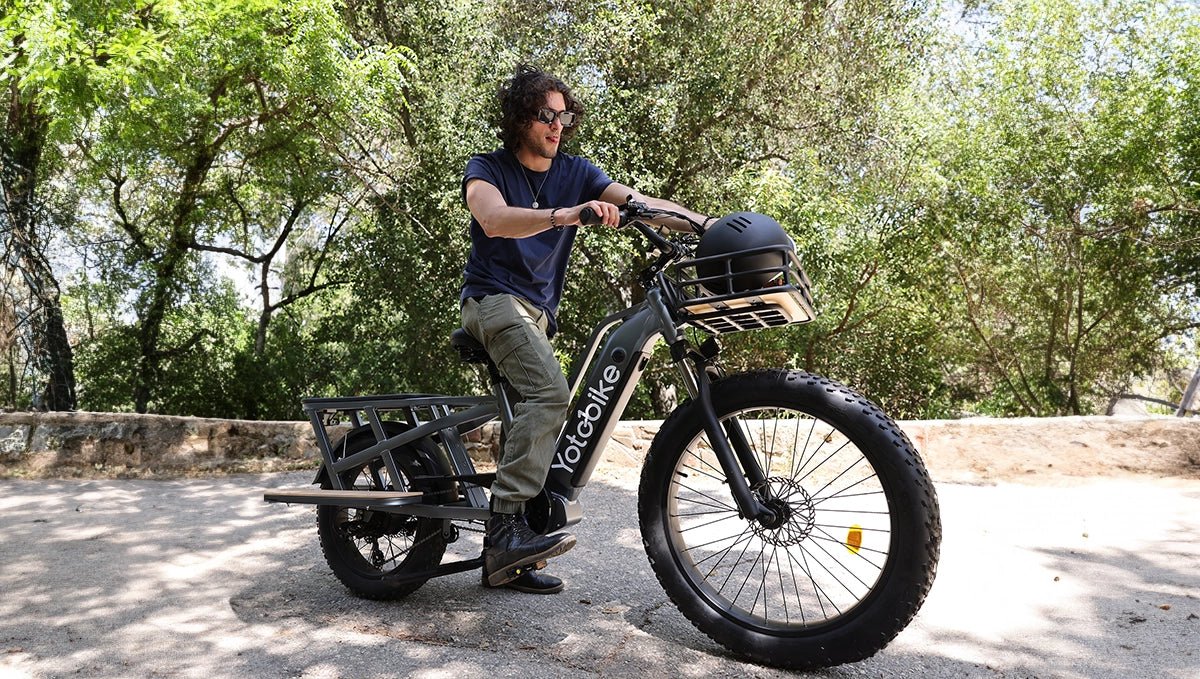
Electric bikes have been gaining massive popularity as a fun, eco-friendly alternative to traditional bicycles. If you're considering taking the leap into the world of e-bikes, you might be wondering, "Should I get an electric bike?" Before making your decision, it's essential to understand the benefits, types, and riding experiences that come with owning an e-bike. So, without further ado, let's get started!

Should I Get an Electric Bike?
Should I buy an electric bike now? Whether you should get an electric bike depends on your individual needs and preferences. If you're looking for a more efficient, eco-friendly way to commute or run errands, or if you want to ride longer distances with less effort, electric bikes could be a great investment. They're also a good option for people who want to ride bikes but may have physical limitations or live in remote areas.
Are E-Bikes Worth It?
So, are ebikes worth it? To help you make a decision, we have listed some of the main benefits of electric bikes:
- Environmental Impact: E-bikes are eco-friendly, producing no emissions themselves. They offer a sustainable alternative to car trips, thus helping reduce one's carbon footprint.
- Health Benefits: Despite having motor assistance, riding an e-bike involves physical activity, especially when using the pedal-assist mode, which can be good for cardiovascular health and overall fitness.
- Cost Efficiency: Operating and maintaining an e-bike is quite less expensive than a car when considering fuel costs, insurance, and regular maintenance.
- Convenience and Accessibility: E-bikes flatten hills, making long distances more manageable for those who find physical barriers daunting on standard bikes.
- Reduced Commuting Time: In urban settings, e-bikes can navigate through traffic more efficiently than cars, greatly reducing commuting time.
- Versatility: Whether for leisure, fitness, or commuting, electric bikes can be used in various settings and purposes, enhancing their overall usability
What Types of Electric Bikes Are There?
Electric bikes are categorized into three fundamental class/types.
Class 1 - Pedal Assist (No Throttle) E-Bikes: This type requires the rider to pedal to activate the motor. It provides a boost up to a speed of 20mph, making it feel like you have a perpetual tailwind. Ideal for those who enjoy cycling but appreciate a little help on tough terrains.
Class 2 - Throttle-Controlled E-Bikes: These bikes offer a throttle to engage the motor, allowing you to ride without pedaling if you choose. Perfect for those who might need a break from pedaling due to fatigue or when starting from a stop.
Class 3 - Speed Pedelec: These e-bikes can provide assistance up to 28mph and still require pedaling. They are well-suited for long-distance commuters who need to get to their destinations faster and are often equipped with enhanced safety features like integrated lights and braking systems.

Which E-Bikes Are Good for New Riders?
To choose the best e-bike for a new rider, consider the following bicycle categories and their features:
- Comfort/Cruiser E-bikes: Built for leisure and ease of use, these bikes often feature step-through frames for convenient mounting and dismounting, upright seating for comfort, and a smooth riding experience, ideal for short daily trips or casual rides around town.
- Hybrid/Commuter E-bikes: These are versatile and efficient, designed to handle both city streets and some mixed terrains. They generally come equipped with features like racks and lights, making them suitable for commuting or running errands.
- Mountain E-bikes (E-MTB): For those looking to venture off-road, electric mountain bikes offer the power and stability needed for rugged terrains. They make climbing hills easier and descending safer, appealing to adventure seekers who are new to trail riding.
How Does It Feel To Ride an E-Bike?
Riding an electric bike combines the accessible, joyful essence of cycling with the thrilling power of motor-assisted speed. It feels surprisingly natural. The added weight of the battery and motor is well-balanced by design innovations, yielding a smooth ride. The excitement of being able to travel further and tackle challenging terrains with ease often transforms cycling from mere transport or strenuous activity into a delightful and energetic adventure, making every ride something to look forward to.
Conclusion
In conclusion, after learning about electric bikes, you might find that the question "Should I get an electric bike?" now sparks excitement rather than uncertainty. We've explored the benefits of electric bikes, from practical advantages for new riders to the joy they bring to daily commutes. Whether you're drawn to the practical benefits or the thrill of a new adventure on two wheels, the world of electric bikes is ready and waiting for you. So, the next time you're on the move, keep an eye out for these buzzworthy bikes!
FAQ
What is the price range of electric bicycles?
Electric bicycles, also known as e-bikes, typically range in price from around $500 to a whopping $5,000. The cost depends on various factors like the quality of components, battery capacity, motor power, and additional features. Entry-level e-bikes with basic components and smaller batteries can be found at the lower end of the price range, while high-end models with premium components, larger batteries, and more advanced features like integrated lighting and digital displays can cost several thousand dollars. Mid-range e-bikes, which offer a balance between quality and affordability, are often priced between $1,500 and $3,000.
What is the difference between electric bicycles and ordinary bicycles?
The primary difference between electric bicycles and ordinary bicycles is the presence of a reliable electric motor and battery. Electric bicycles are specifically equipped with a motor that assists the rider's pedaling, making it easier to travel longer distances or tackle hills with minimal effort. The motor is powered by the e-bike's rechargeable battery, which can be charged using a typical electrical outlet. In contrast, ordinary bicycles rely solely on the rider's pedaling power to move forward. Another difference is the weight; e-bikes are generally heavier than ordinary bicycles due to the additional components. Additionally, electric bicycles often feature more advanced technology, such as digital displays showing battery life, speed, and distance traveled, as well as the ability to control the level of pedal assist provided by the motor.




